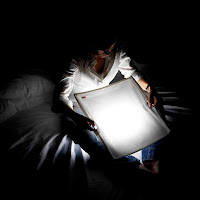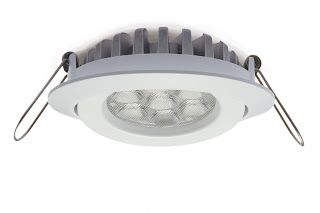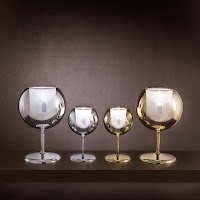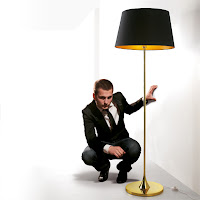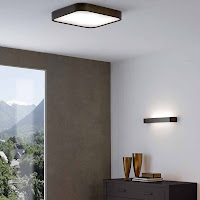For many homeowners, the decision to hang a modern chandelier in their foyer (or entrance, as it is also commonly known) is one that is all about bringing a sense of class and elegance to their home. The amount of light that your chandelier will be required to give off will be dependent on what your foyer is used for – if the telephone or stairs are situated in this space, for example, bright task lighting will be need.
To begin with, you will need to determine the size of the chandelier that you will use in your foyer. Measure the length, width and height of the room. You can use these measurements to determine how wide your fixture should be – multiply the width of the foyer (in feet) by the length of the space (also in feet), which should give you an answer (in inches) that will form the ideal diameter of your modern chandelier.
You can also use these measurements to determine how far down your modern chandelier should hang from the ceiling. The general rule of thumb is that fixtures should hang at least 7 feet off the floor. If your foyer has an overly high ceiling, a two- or three-tiered fixture may be required in order to provide enough light and to fit seamlessly into the space.
Next, you can decide on what style and colour modern chandelier you would like. Do you want something that blends into the room or that stands out? Is your home decorated in a traditional or a contemporary style? What sorts of colours are already used in the space? The materials that have been used for other finishings in the space can be a good starting point.
Finally, it is recommended that you take photos of your foyer and carry these with you when you visit lighting showrooms. It will be much easier to visualize how a modern chandelier will look in your space if you have something concrete to compare it with.
To begin with, you will need to determine the size of the chandelier that you will use in your foyer. Measure the length, width and height of the room. You can use these measurements to determine how wide your fixture should be – multiply the width of the foyer (in feet) by the length of the space (also in feet), which should give you an answer (in inches) that will form the ideal diameter of your modern chandelier.
You can also use these measurements to determine how far down your modern chandelier should hang from the ceiling. The general rule of thumb is that fixtures should hang at least 7 feet off the floor. If your foyer has an overly high ceiling, a two- or three-tiered fixture may be required in order to provide enough light and to fit seamlessly into the space.
Next, you can decide on what style and colour modern chandelier you would like. Do you want something that blends into the room or that stands out? Is your home decorated in a traditional or a contemporary style? What sorts of colours are already used in the space? The materials that have been used for other finishings in the space can be a good starting point.
Finally, it is recommended that you take photos of your foyer and carry these with you when you visit lighting showrooms. It will be much easier to visualize how a modern chandelier will look in your space if you have something concrete to compare it with.
